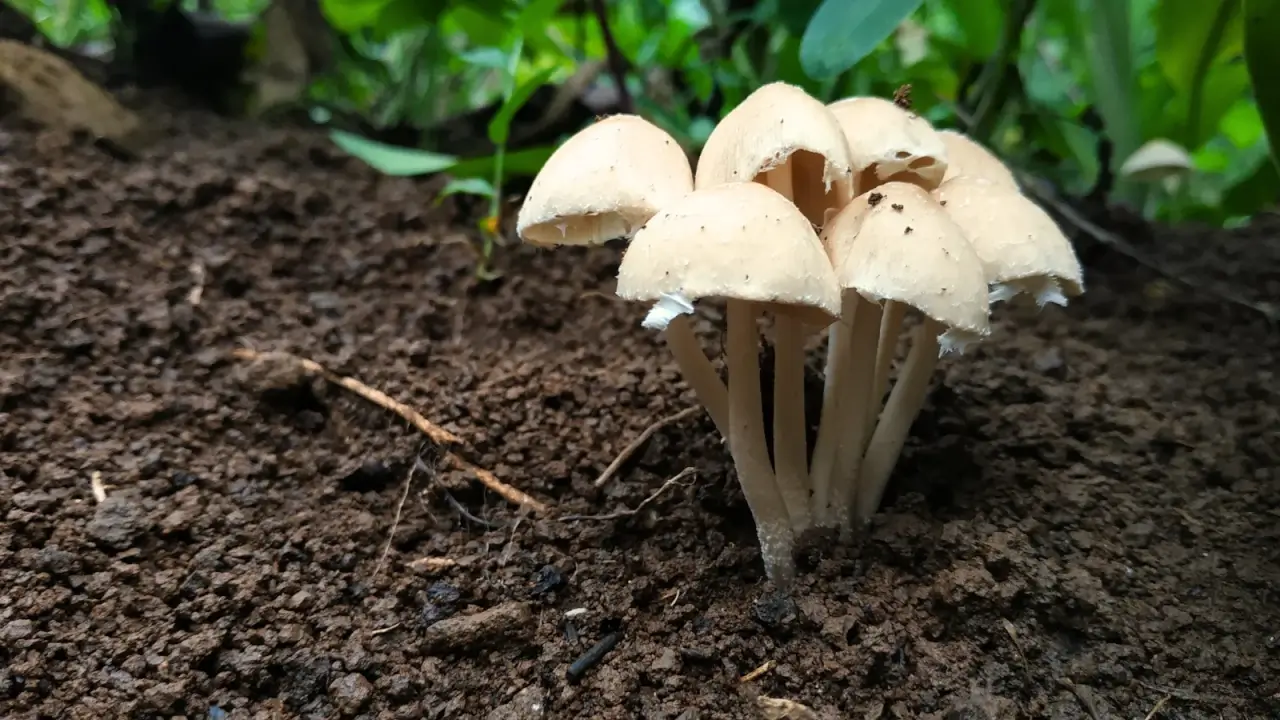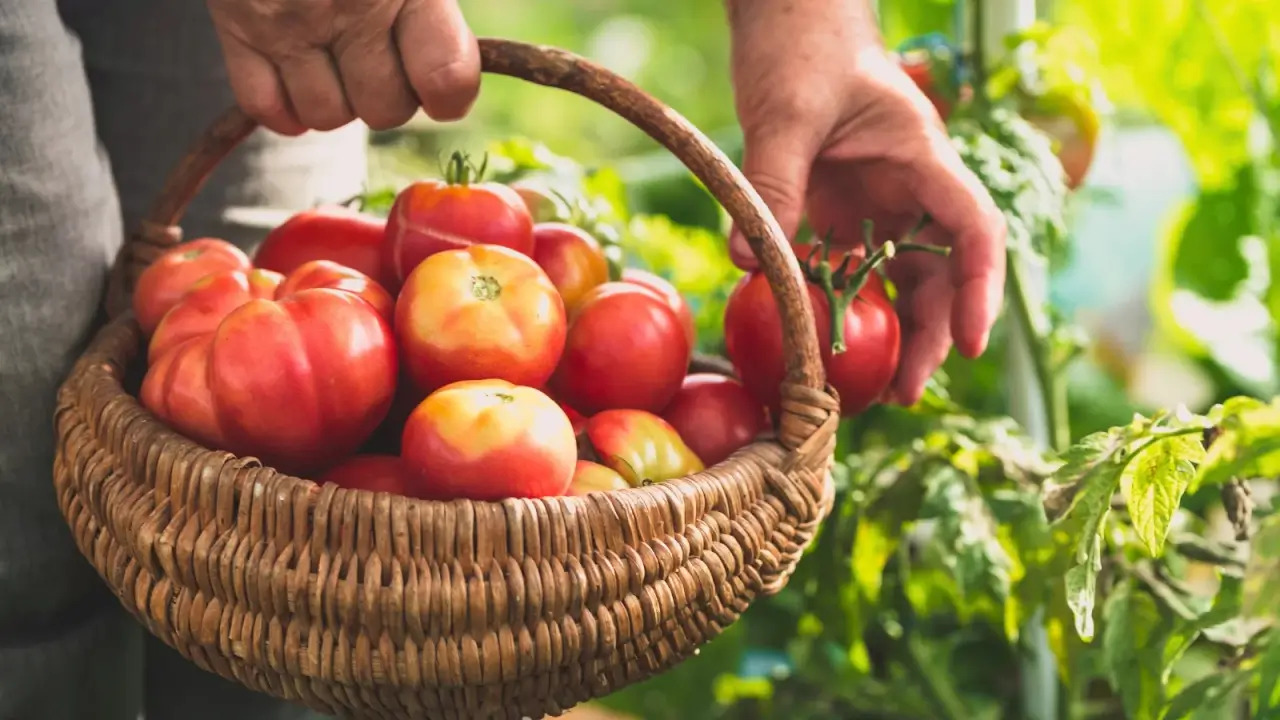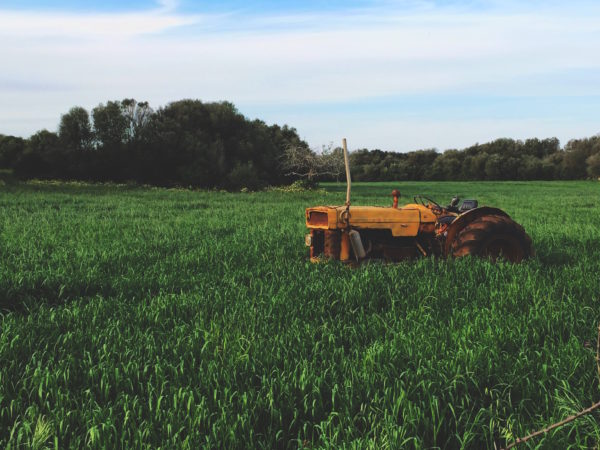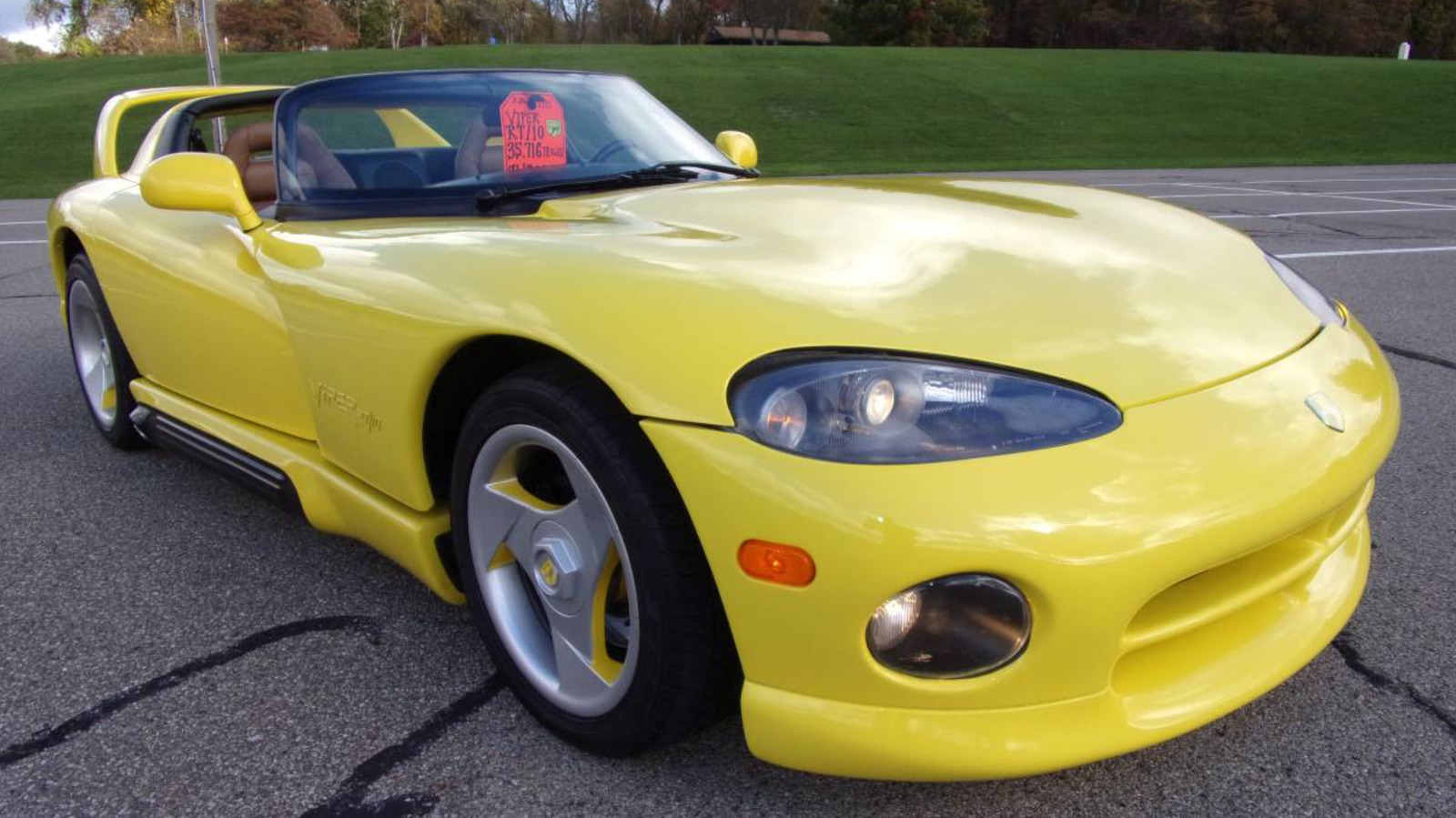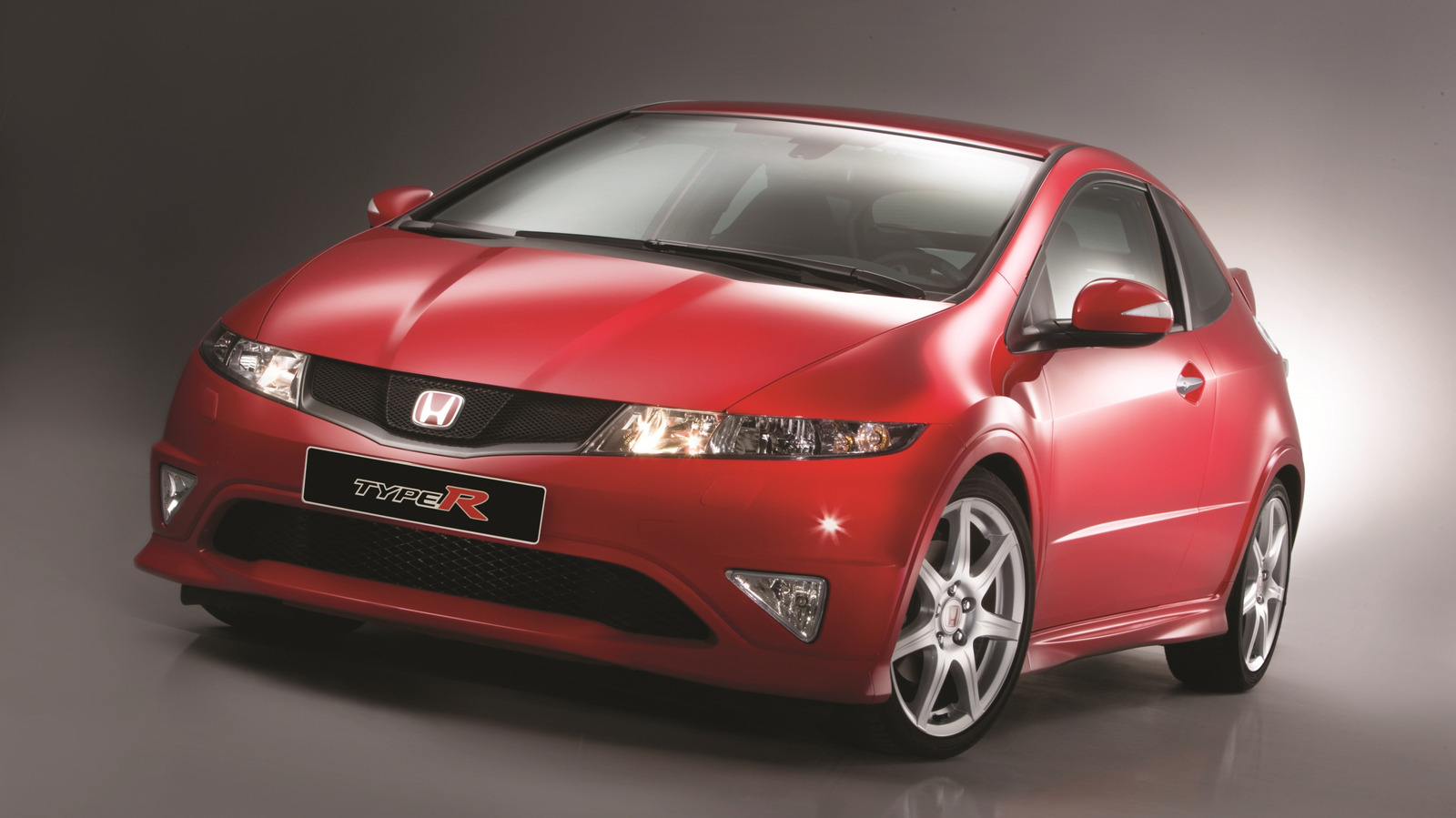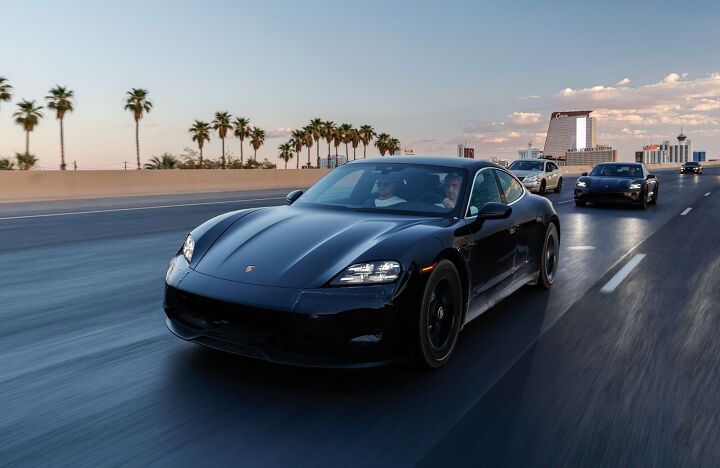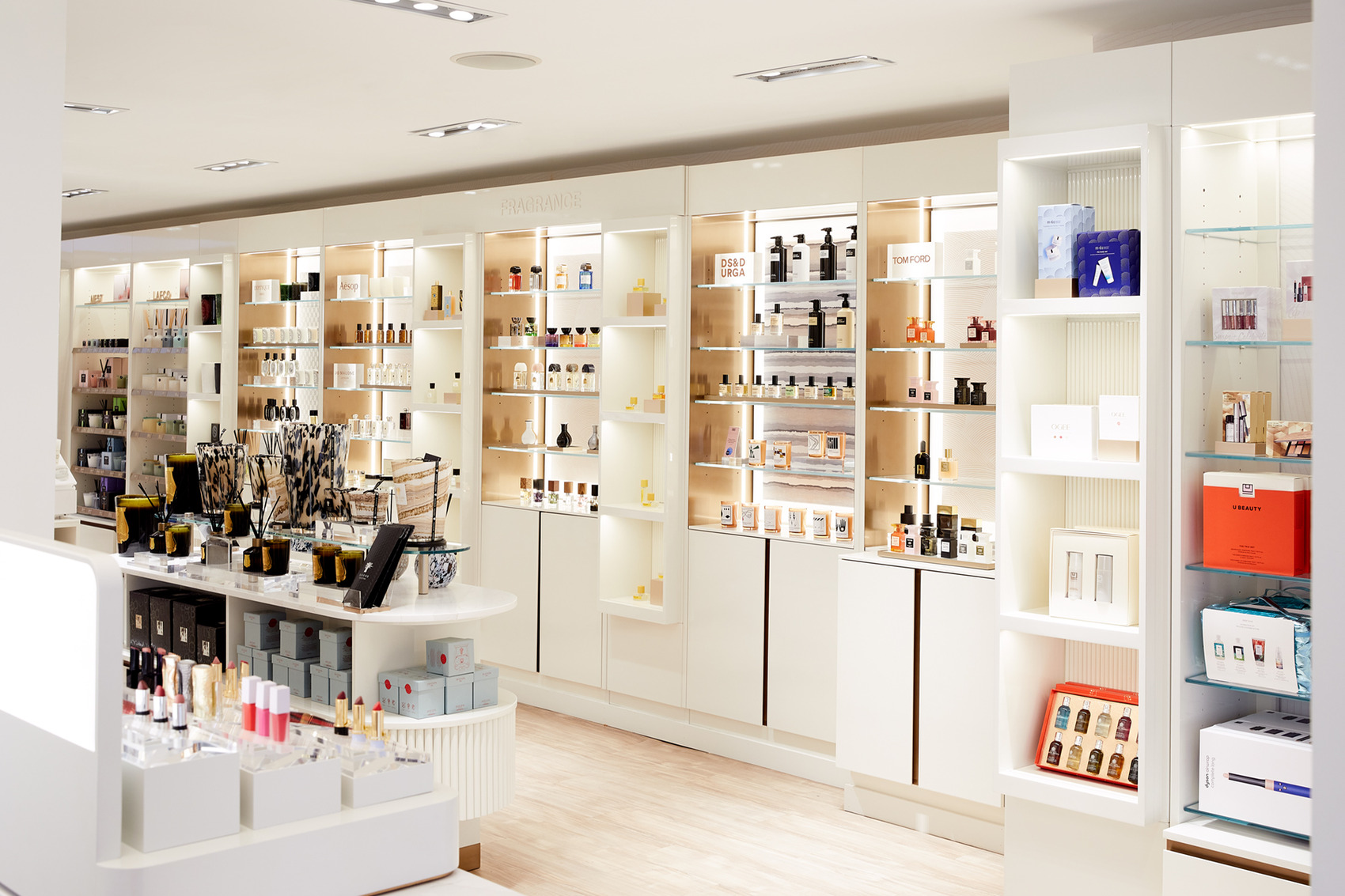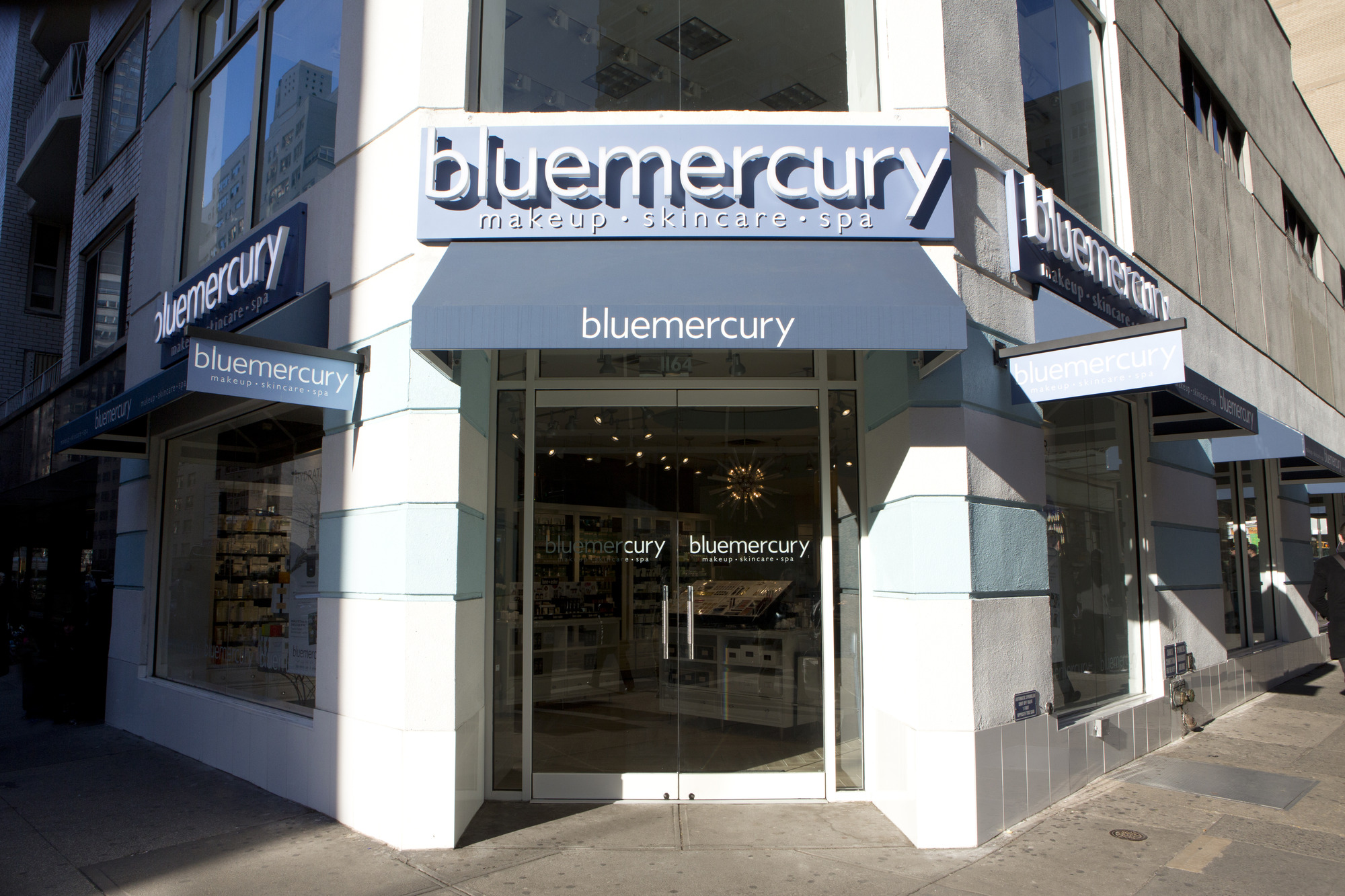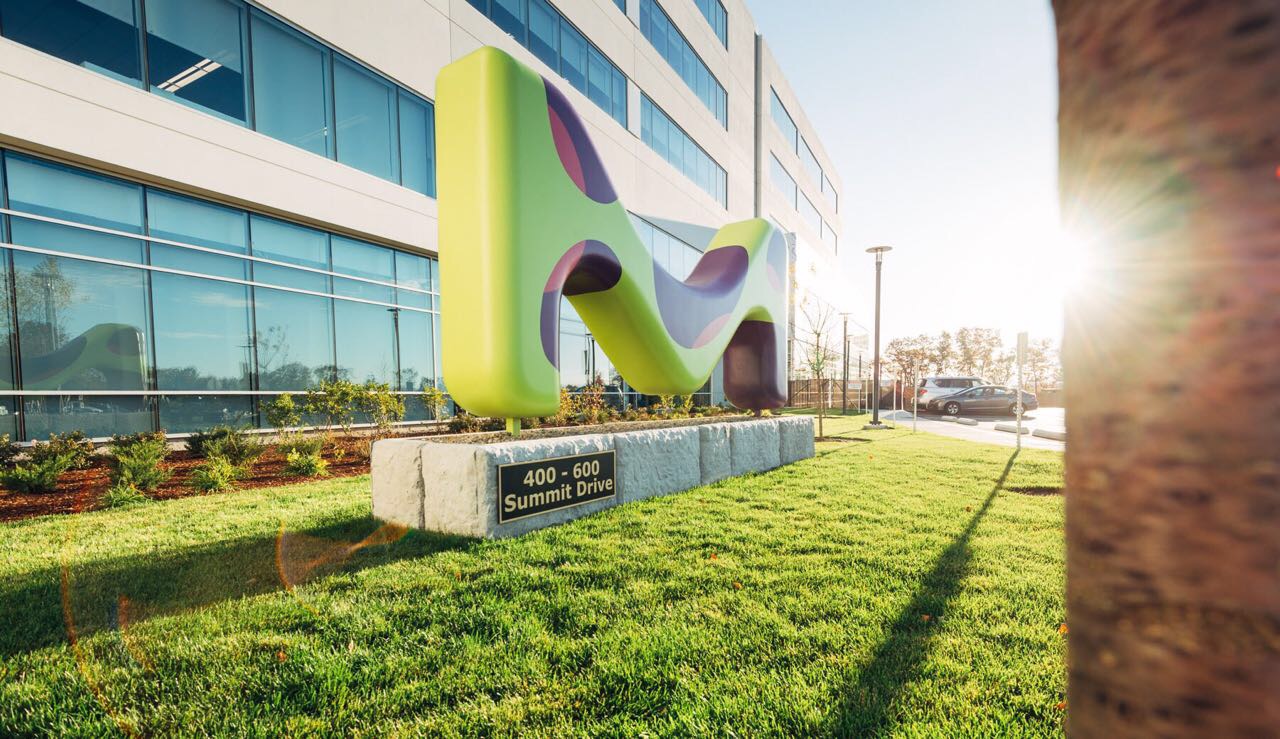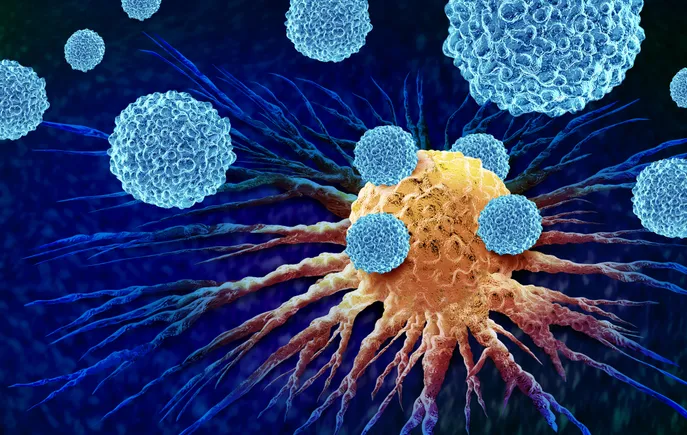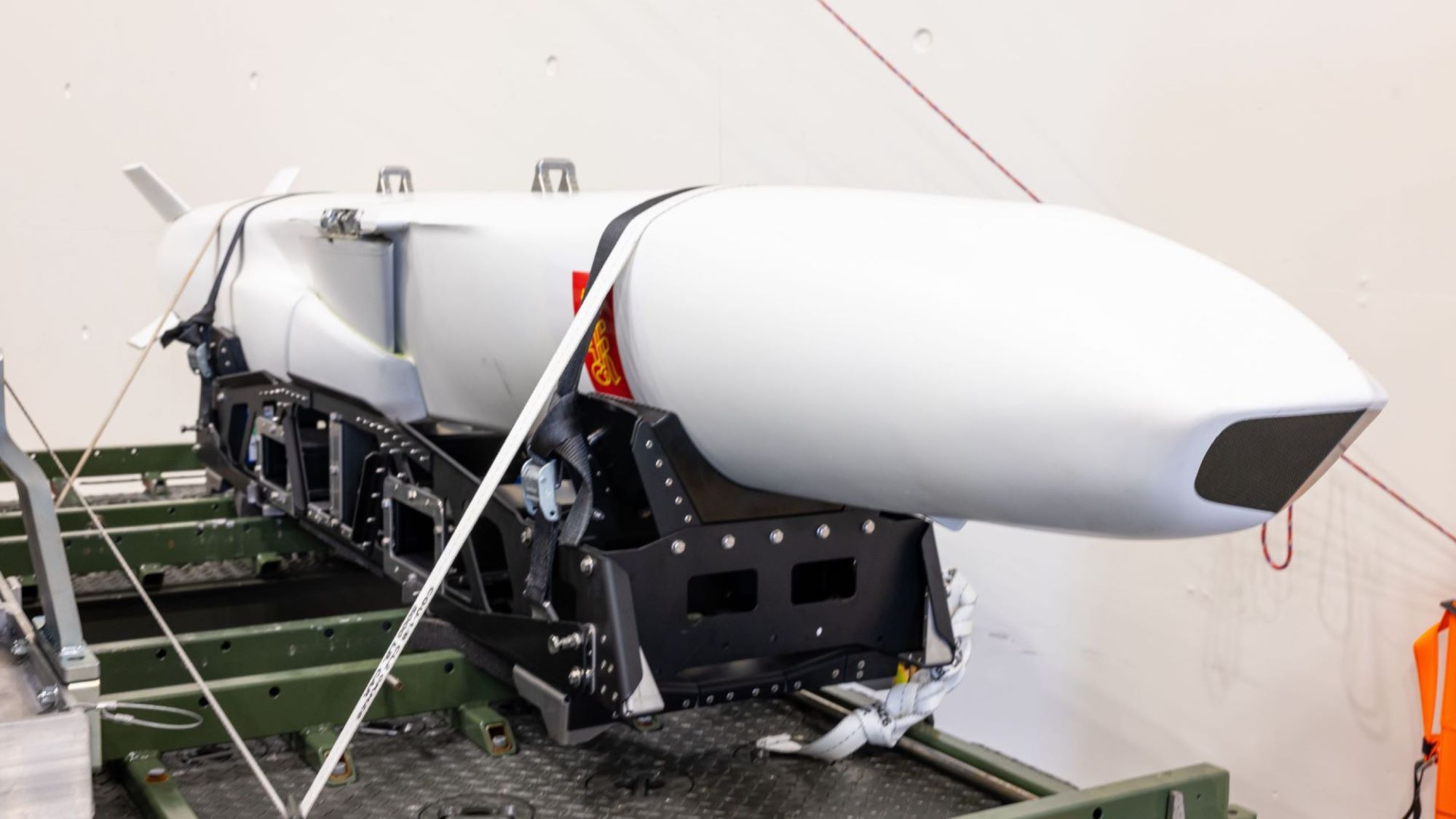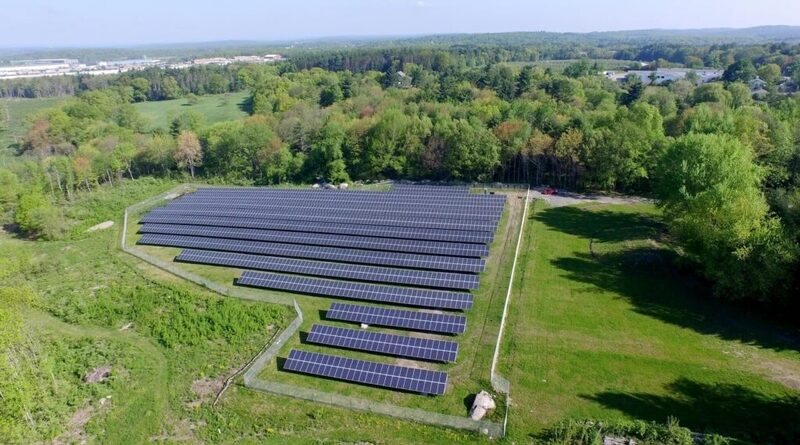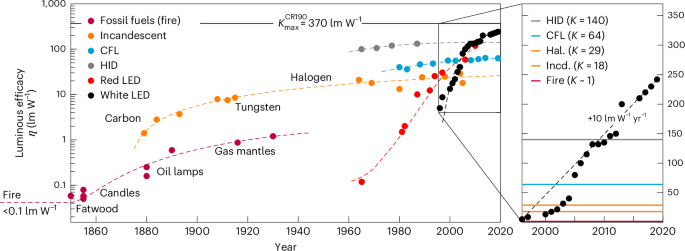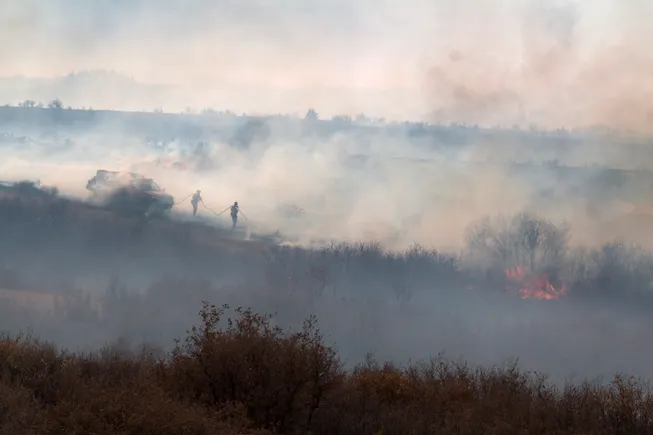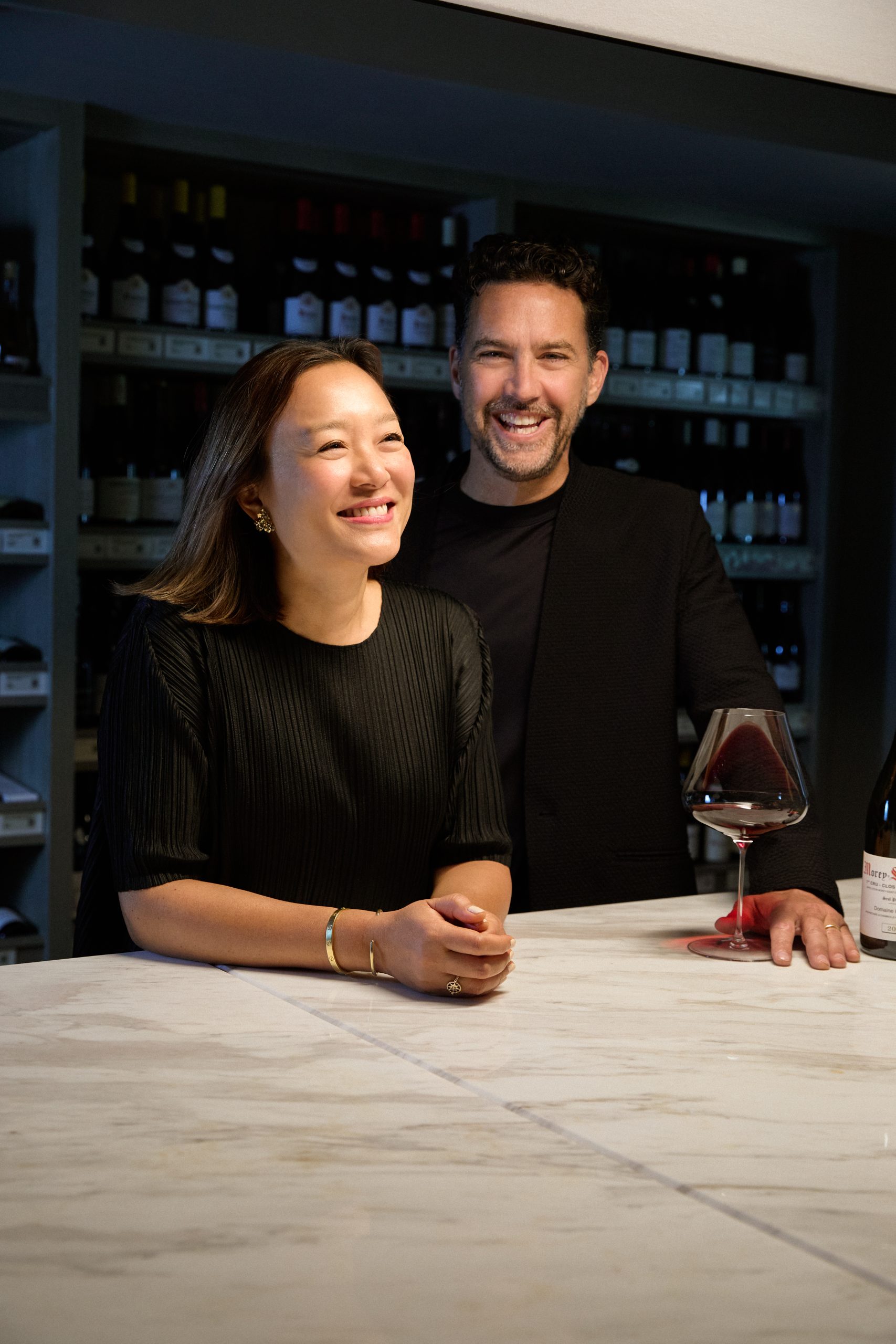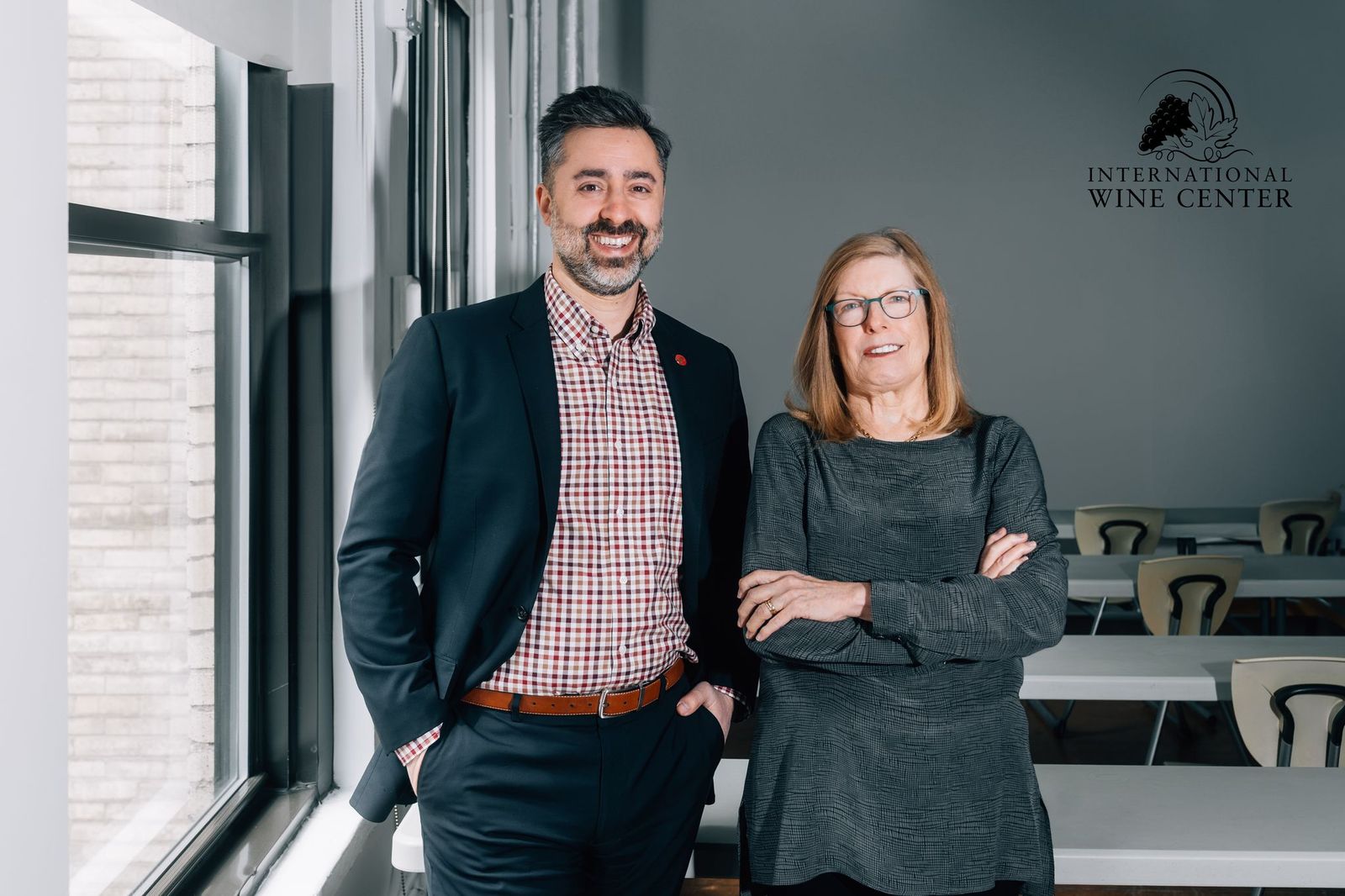In his assessment of the St-Julien, db's Bordeaux correspondent Colin Hay finds that the austerity and angularity found in wines from neighbouring Pauillac has been replaced by a reassuring sweetness in the fruit and a nutty creaminess that is the signature of the appellation.
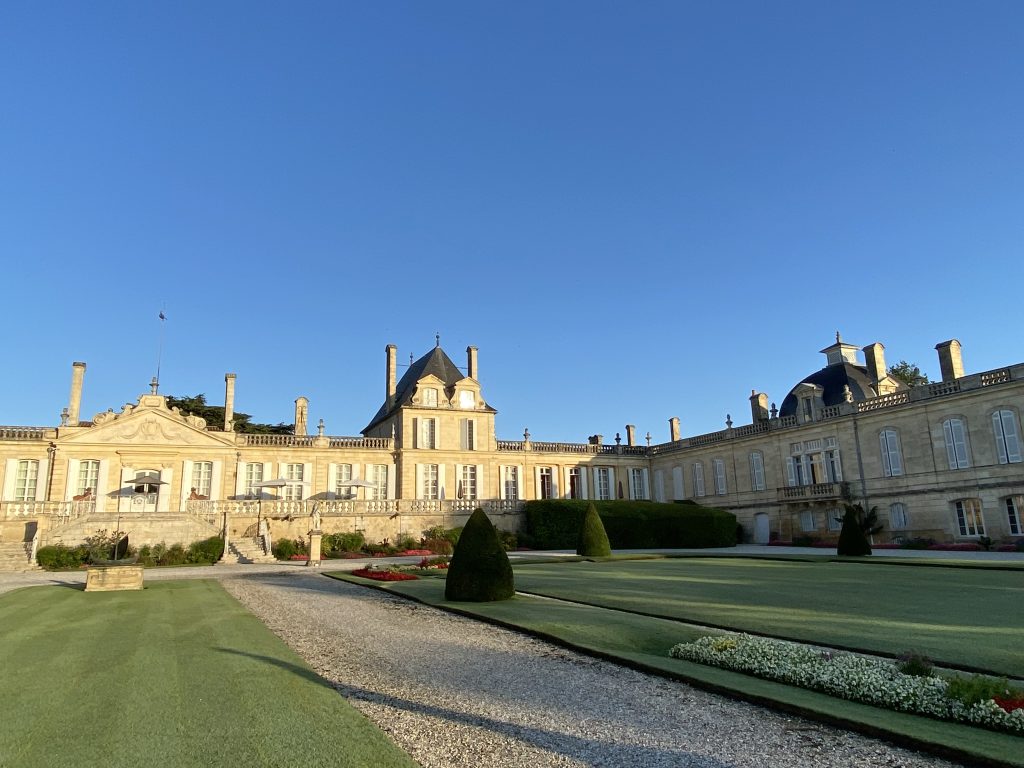 A note on the ratings
A note on the ratings
The tasting notes provide an indicative rating for each wine alongside the comments, which aim is to describe the wine in the context of the vintage, the appellation and recent vintages of the same and similar wines, rather than to judge the wine
per se. Obviously they are by somewhat subjective, but I urge you look at the two together and, if anything, to privilege the comment over the rating.
Naturally, the ratings reflect my subjective evaluations and relative preferences between wines - bear in mind that your palate may differ from mine ,but I hope the comments give enough information to be able to recalibrate my ratings and, in so doing, to align them more closely to your own taste.
2024 is, of course, a far from homogeneous vintage – and, consequently, my ratings span a considerable range (from close to the very top of the scale downwards). I see little interest, either for the consumer or the producer, in publishing very low scores. Consequently, I have decided not to publish scores or notes for classed growths (or equivalent wines) that I have rated below 90 (here the range 89-91) and for
crus bourgeois (or equivalent wines) that I have rated below 88 (here the range 87-89) from around 20 wines tasted from the
appellation.
Finally, élevage is likely to be very important in determining the final quality in bottle of these wines. I am no soothsayer and cannot predict how that will turn out (another reason for the use of banded ratings). But all en primeur ratings should be treated with caution and taken with a certain pinch of salt.
Tasting Notes
Château Beychevelle (St Julien; 55% Cabernet Sauvignon; 42% Merlot; 3% Petit Verdot; a final yield of 41 hl/ha; 13.5% alcohol; tasted twice, the first time at the UGC press tasting at the
Cité du Vin). The most floral of the classed growths of St Julien and very pretty aromatically once again. We could almost still be in Margaux, but for the distinct walnut and blanched almond notes. There’s a creamy richness to this that is impressive too. The fruit – red berries, a little red cherry, some black cherries too – is picture-perfectly pure and precise and there’s a generosity to the mid-palate that sets this above most of its peers. Shimmering in its succulence on the juicy finish.
92-94.
Château Branaire-Ducru (St Julien; 72% Cabernet Sauvignon; 22% Merlot; 3.5% Cabernet Franc; 2.5% Petit Verdot; a final yield of 41.5 hl/ha; 13% alcohol; tasted twice, the first time at the UGC press tasting at the
Cité du Vin). Another great success from Branaire-Ducru – and it’s release price something of a no Bra(i)n-er (if you’ll excuse the pun). This is very spherical at the core with a dense, fully-charged mid palate. Brambles and damsons and dark plum and assorted stone fruits, a little hint of wild Italian herbs and crushed green peppercorns. There’s an interesting floral note too that I can’t quite pin down to a single descriptor – wisteria doesn’t quite capture it but is the closest I seem to get. Sapid and juicy, long and racy on the finish, with a note of dark chocolate appearing right at the end.
92-94.
Château La Bridane (St Julien; 60% Cabernet Sauvignon; 40% Merlot; tasted twice). One of those rare things, a non-classified wine from St Julien, and always excellent value partly as a consequence. This is very true to its
appellation, possibly made more noticeable by tasting it after a series of Haut-Médocs. Plump and plush on the attack with a mix of cherry and berry fruit and a distinctive hint of walnut oil and the slight richness and generosity that implies. I like the touch of graphite too. The palate is quite open-textured and ample and that makes the fruit appear just a little thinly stretched. A little clumsy on the finish too. But promising nonetheless.
87-89.
La Croix de Beaucaillou (St Julien; 65% Merlot; 32% Cabernet Sauvignon; 3% Petit Verdot; IPT 80; a final yield of 22 hl/ha – with mildew on the Merlot, green harvesting of the Cabernet Sauvignon and some bleeding of the tanks; 14% alcohol; tasted with David Duran at the property). A lovely
croquant dark berry fruit – blueberry, mulberry and bramble with a little plum too. Walnut shell. More and more cassis as one draws in the air. There’s less new oak here than usual and that works well, accentuating the sense of precision and the purity of the fruit. This is big, bold and quite voluptuous with quite a generous naturally sweet fruit. Punchy and crunchy too. The tannins are very present (just look at that IPT figure) and they help to structure this – entering between the layers and giving an expansive vertical range to the wine.
91-93.
Château Ducru Beaucaillou (St Julien; 86% Cabernet Sauvignon; 14% Merlot; a final yield of 20 hl/ha with mildew on the Merlot, green harvesting of the Cabernet Sauvignon and some bleeding of the tanks; IPT 87; tasted with David Duran at the property; 13.2% alcohol). Brilliant in the fabulous purity of it cassis and blackcurrant fruit. A hint of violet, in fact more than that and, if more subtly, peony petals. Wild rosemary too. This is very concentrated and yet, at the same time, aerial and lifted. Walnuts. Lots of graphite. Cedar, but just a subtle hint at this stage. Massive for the vintage, dense and highly compact and very difficult to pick as a 2024. Totally true to its style – magisterial, a little monolithic perhaps but very impressive. The tannins are considerable but very ripe. This is the only left back wine of the vintage with almost a blackhole concentration at its core. Long and gently tapering on the finish with lots of gravitas. Quite an achievement and vintage transcending in its way. Not subtle, but great. Something of a colossus in a vintage of mortals.
92-94+.
Château Gloria (St Julien; 56% Cabernet Sauvignon; 32% Merlot; 5% Petit Verdot; 7% Cabernet Franc; a final yield of 34 hl/ha; 13% alcohol; tasted twice, first at the UGC press tasting at the
Cité du Vin). Gloria in excelsis! This is good in the context of this and any vintage. Lithe and limpid and fresh and juicy. Soft and tactile, this is a wine of cashmere texture with a long and gently tapering finish sustained by very fine-grained but still grippy tannins. Glory be!
92-94.
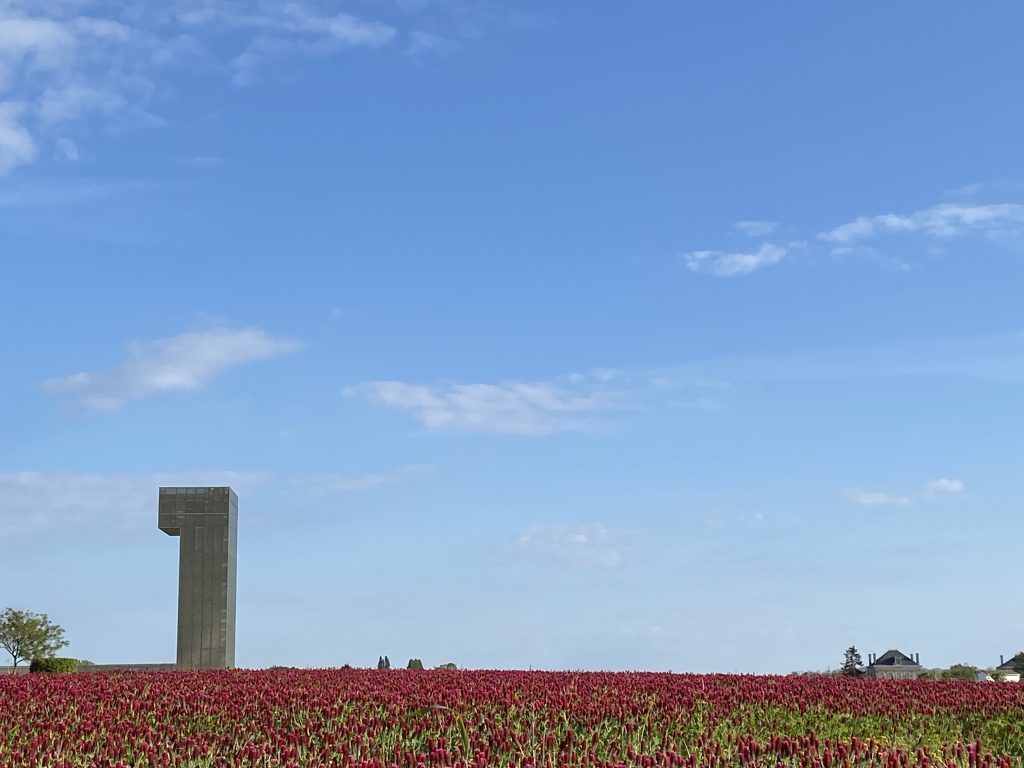 Château Gruaud Larose
Château Gruaud Larose (St Julien; 81% Cabernet Sauvignon; 17% Merlot; 2% Cabernet Franc – sourced almost entirely from Terrace 3; pH 3.77; a final yield of 31 hl/ha; 12.39% alcohol; certified organic; tasted only at the property). Profound and very beautiful aromatically. Yet slightly introvert and a little closed at first. Damson, blueberry and black berry, black currant and subtle cassis with gentle aeration. Blanched almonds and a little of their creaminess. In the mouth, there’s some Griotte cherry, a hint of peony and maybe lily of the valley too. Succulent and luxurious in its texture. Suave, quite full and ample in frame, this pushes at the cheeks. I love how the fresh juiciness seems to gather at the top of the palate and, with a sensation of greater viscosity, glide down the cheeks like ‘tears’ descending the sides of a glass. Not, of course the density and concentration of the last couple of vintages, but beautifully managed, very vibrant and fresh and yet with no astringency or dryness. In fact we have a lovely juiciness on the finish and we are left with a very persistent sensation of chewy grape skins.
94-96.
Château Lagrange (St Julien; 84% Cabernet Sauvignon; 10% Merlot; 6% Petit Verdot; a final yield of 26 hl/ha with no chaptalisation but some reverse osmosis; 12.9% alcohol). Unusually this was not presented at the UGC press tasting at the
Cité du Vin. But I did track it down at two
négociant tastings on consecutive days. On both occasions the samples (possibly from the same batch) were problematic. I will need to re-taste.
Not rated.
Château Langua Barton (St Julien; 52% Cabernet Sauvignon; 40% Merlot; 8% Petit Verdot; 13% alcohol; tasted twice, first at the UGC press tasting at the
Cité du Vin). Lush and plush and very true both to its identity and to its
appellation and
terroir. It’s rather more ample in frame than, say, Gloria and more effusive and demonstratively juicy for that. But that also reinforces the slightly grainy character of the tannins which, though never dry, become slightly disruptive of the sinuous flow of the wine over the palate. I love the frangipane and toasted almond creaminess nonetheless. The
élévage here will be important.
91-93+.
Château Léoville Barton (St Julien; 92% Cabernet Sauvignon; 6% Merlot; 2% Cabernet Franc; 13% alcohol; tasted twice, first at the UGC press tasting at the
Cité du Vin). This has a most gracious purple florality that I love, a hint of rose petal too and all of that signature Léoville Barton dark berry and damson fruit. Very classical and very refined, with oodles of cedar. There’s a lot of wine here in a vintage in which that is not something one says very often. Classicists will be very happy with this in a vintage that is perhaps easier for
néophytes!
93-95.
Château Léoville Las Cases (St Julien; 84% Cabernet Sauvignon; 11% Cabernet Franc; 5% Merlot; a final yield of 31 hl/ha; IPT 76; pH 3.6; 6.3%
vin de presse; 13.1% alcohol; tasted only one, at Chateau Nénin). Walnut and walnut oil. Graphite and a hint of the cedar to come. A very gracious intense dark black cherry and blueberry fruit; raspberry and mulberry. Cool and luxuriant. Sumptuous as St Julien as its very best should be. Not a massive frame, but massive depth and profundity above all in the context of the vintage. Black cherries form the frame and then we have, with the touch of the gentle tannins, the release of the more intensely sapid fresh berry fruits – all dark at first, but shading towards raspberry after a while. The dynamism in the mouth is fabulous – not vertical but more horizontal. We have swirls and eddies of freshness, but like a wide river turning a corner, as there is considerable viscosity to the waters in motion. Exciting and dynamic. Gracious, long, classical and slowly tapering on the finish. I love the gentle sweetness on the finish – unusual in the context of the vintage. A
vin de garde in the best of traditions. Grape skins on the finish. A touch of fresh mint too.
93-95+.
Château Léoville Poyferré (St Julien; 64% Cabernet Sauvignon; 27% Merlot; 8% Cabernet Franc; 1% Petit Verdot; a final yield of 26.4 hl/ha; 13% alcohol; tasted twice, the second time at the UGC press tasting at the
Cité du Vin). This, too, is near the top of the pyramid in this vintage. Very elegant, refined and stylish with a glorious combination of both graphite and cedar generously enrobing the damson and purple berry fruits. Very darkly fruited in fact, even for Poyferré. In the mouth this has quite a narrow frame adding to the sense of profundity, depth and concentration that it would lack were it more ample. Not the most opulent or sumptuous vintage (a lovely contrast to Léoville Barton for instance and in this respect), but it is still a very beautiful expression of its
terroir. I love the fresh verbena and menthol notes on the finish.
93-95.
Clos du Marquis (St Julien; 65% Cabernet Sauvignon; 30% Merlot; 5% Cabernet Franc; a final yield of 32 hl/ha, reduced by the old vine and the selection of the grapes with some botrytis, the mildew well-managed; 7.6% vin de presse; IPT 69; pH 3.62; 12.9% alcohol; tasted twice, the first time at Chateau Nénin). A big step up in complexity from Le Petit Lion, with more layering and with the sheen of the layers more polished and interspersed here with fine glass-bead rollers – or so it seems. Ample in form with the fruit stretched more broadly than for Le Petit Lion but with every layer finely detailed and delineated. A considerable achievement even if its lacks a little of it customary density and compactness. Open-textured. There is no mistaking the slightly elevated acidity above all in comparison to the more
solaire recent vintages, but there is also no mistaking the quality of the tannins and the gentleness of the extraction.
91-93.
Le Pavillon de Léoville Poyferré (St Julien; tasted twice). Quite a step up from Moulin Riche in this vintage, with a more composed (if, at first, more closed and introvert) aromatic profile. But it’s much less dominated by the oak and rather more complex. Damsons, brambles and blackberries vie for attention and there’s already a pleasing presence of graphite and pencil shavings. A hint of peony with aeration. Quite plump and chewy on the palate with quite a volume of tannin still to resolve, but no dryness on the finish.
88-90.
 Le Petit Lion
Le Petit Lion (St Julien; 62% Merlot; 34% Cabernet Sauvignon; 4% Cabernet Franc; a final yield of 31 hl/ha; 5.4%
vin de presse; IPT 63; pH 3,52; 12.8% alcohol; tasted twice, the first time at Chateau Nénin). Glossy, creamy, nutty – we know immediately we’re in St Julien. Light and aerial. A very crisp and finely detailed red berry fruit – loganberry and raspberry. Simple in its way but very fine. Monotone I suppose but this is about the finesse and the purity and clarity of the fruit. The creamy texture is impressive and it helps the palate deal with the slightly elevated acidity. Juicy. Succulent.
88-90.
Château Saint-Pierre (St Julien; 85% Cabernet Sauvignon; 12% Merlot; 3% Petit Verdot; a final yield of 29 hl/ha; 13% alcohol; tasted twice, first at the UGC press tasting at the
Cité du Vin). After the glories of Gloria one comes to this with a sense of eager anticipation (not always the case in a vintage as tricky as this). One it right to do so. For this is to Gloria what Leoville-Barton is to Langoa in this vintage, as it so often is. Sumptuous, succulent and juicy and with a most gorgeous cedary note seemingly unleashed from the depths of the mid-palate with aeration in the mouth. Vert classy indeed if perhaps just a little more shapeless on the finish than the tighter and more linear Gloria in this vintage. But what we have, in short, are two great expressions of this vintage.
92-94+.
Sarget de Gruaud Larose (St Julien; 48% Cabernet Sauvignon; 46% Merlot; 3% Petit Verdot; 3%; Cabernet Franc; pH 3.55; 12.5% alcohol; all from vines classified in 1855; tasted only once at the property). Very Gruaud. Quite luxuriant, with a very dark berry fruit. A little damson too. Cassis. This is fresh, vibrant, plump and with beautifully soft tannins. It has quite an ample frame but it is nicely filled. There’s a lovely pinch from the tannins. They are not quite as refined on the finish where the wine loses its shape just a little. This also lacks a bit of density in the mid-palate due to the ample frame. But there’s no mistaking, this is an excellent introduction to the
grand vin even in a challenging vintage.
89-91+.
Château Talbot (St Julien; 70% Cabernet Sauvignon; 25% Merlot; 5% Petit Verdot; 13% alcohol; tasted twice, first at the UGC press tasting at the
Cité du Vin). Pretty aromatically, this is another St Julien that is very floral in this vintage. There’s a lovely earthiness to this too that gives this more of a sense of gravitas – somehow it grounds the wine, almost literally. I like very much the ‘Talbot’ nuttiness – blanched almonds and walnuts. It maybe lacks a little mid-palate delineation and definition in comparison to some of its august neighbours, but this is very fine. Strikingly juicy on the finish which is always a sign of quality – above all in 2024.
91-93.
For appellation-by-appellation reports, see here:
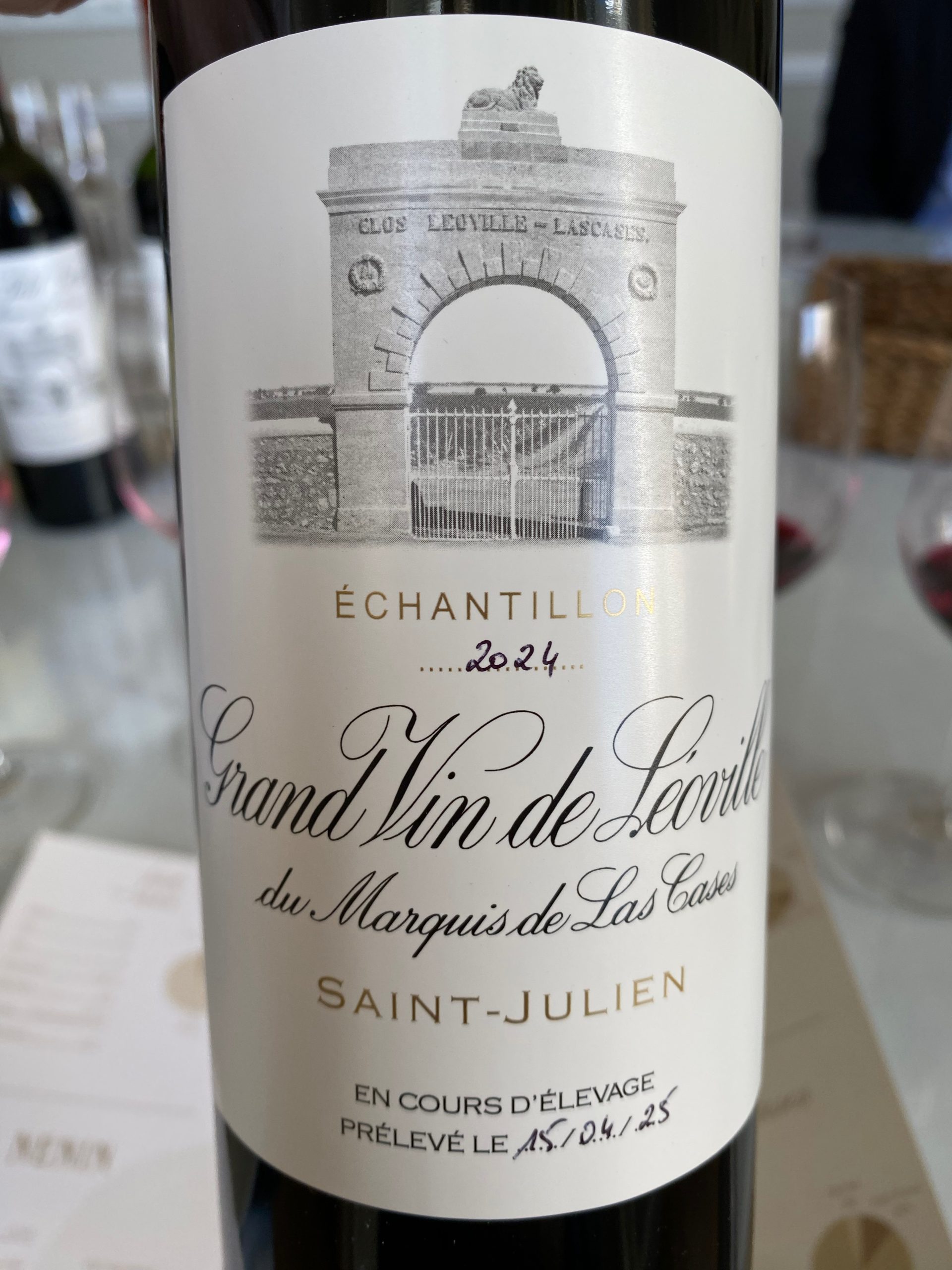
 A note on the ratings
The tasting notes provide an indicative rating for each wine alongside the comments, which aim is to describe the wine in the context of the vintage, the appellation and recent vintages of the same and similar wines, rather than to judge the wine per se. Obviously they are by somewhat subjective, but I urge you look at the two together and, if anything, to privilege the comment over the rating.
Naturally, the ratings reflect my subjective evaluations and relative preferences between wines - bear in mind that your palate may differ from mine ,but I hope the comments give enough information to be able to recalibrate my ratings and, in so doing, to align them more closely to your own taste.
2024 is, of course, a far from homogeneous vintage – and, consequently, my ratings span a considerable range (from close to the very top of the scale downwards). I see little interest, either for the consumer or the producer, in publishing very low scores. Consequently, I have decided not to publish scores or notes for classed growths (or equivalent wines) that I have rated below 90 (here the range 89-91) and for crus bourgeois (or equivalent wines) that I have rated below 88 (here the range 87-89) from around 20 wines tasted from the appellation.
Finally, élevage is likely to be very important in determining the final quality in bottle of these wines. I am no soothsayer and cannot predict how that will turn out (another reason for the use of banded ratings). But all en primeur ratings should be treated with caution and taken with a certain pinch of salt.
A note on the ratings
The tasting notes provide an indicative rating for each wine alongside the comments, which aim is to describe the wine in the context of the vintage, the appellation and recent vintages of the same and similar wines, rather than to judge the wine per se. Obviously they are by somewhat subjective, but I urge you look at the two together and, if anything, to privilege the comment over the rating.
Naturally, the ratings reflect my subjective evaluations and relative preferences between wines - bear in mind that your palate may differ from mine ,but I hope the comments give enough information to be able to recalibrate my ratings and, in so doing, to align them more closely to your own taste.
2024 is, of course, a far from homogeneous vintage – and, consequently, my ratings span a considerable range (from close to the very top of the scale downwards). I see little interest, either for the consumer or the producer, in publishing very low scores. Consequently, I have decided not to publish scores or notes for classed growths (or equivalent wines) that I have rated below 90 (here the range 89-91) and for crus bourgeois (or equivalent wines) that I have rated below 88 (here the range 87-89) from around 20 wines tasted from the appellation.
Finally, élevage is likely to be very important in determining the final quality in bottle of these wines. I am no soothsayer and cannot predict how that will turn out (another reason for the use of banded ratings). But all en primeur ratings should be treated with caution and taken with a certain pinch of salt.
 Château Gruaud Larose (St Julien; 81% Cabernet Sauvignon; 17% Merlot; 2% Cabernet Franc – sourced almost entirely from Terrace 3; pH 3.77; a final yield of 31 hl/ha; 12.39% alcohol; certified organic; tasted only at the property). Profound and very beautiful aromatically. Yet slightly introvert and a little closed at first. Damson, blueberry and black berry, black currant and subtle cassis with gentle aeration. Blanched almonds and a little of their creaminess. In the mouth, there’s some Griotte cherry, a hint of peony and maybe lily of the valley too. Succulent and luxurious in its texture. Suave, quite full and ample in frame, this pushes at the cheeks. I love how the fresh juiciness seems to gather at the top of the palate and, with a sensation of greater viscosity, glide down the cheeks like ‘tears’ descending the sides of a glass. Not, of course the density and concentration of the last couple of vintages, but beautifully managed, very vibrant and fresh and yet with no astringency or dryness. In fact we have a lovely juiciness on the finish and we are left with a very persistent sensation of chewy grape skins. 94-96.
Château Lagrange (St Julien; 84% Cabernet Sauvignon; 10% Merlot; 6% Petit Verdot; a final yield of 26 hl/ha with no chaptalisation but some reverse osmosis; 12.9% alcohol). Unusually this was not presented at the UGC press tasting at the Cité du Vin. But I did track it down at two négociant tastings on consecutive days. On both occasions the samples (possibly from the same batch) were problematic. I will need to re-taste. Not rated.
Château Langua Barton (St Julien; 52% Cabernet Sauvignon; 40% Merlot; 8% Petit Verdot; 13% alcohol; tasted twice, first at the UGC press tasting at the Cité du Vin). Lush and plush and very true both to its identity and to its appellation and terroir. It’s rather more ample in frame than, say, Gloria and more effusive and demonstratively juicy for that. But that also reinforces the slightly grainy character of the tannins which, though never dry, become slightly disruptive of the sinuous flow of the wine over the palate. I love the frangipane and toasted almond creaminess nonetheless. The élévage here will be important. 91-93+.
Château Léoville Barton (St Julien; 92% Cabernet Sauvignon; 6% Merlot; 2% Cabernet Franc; 13% alcohol; tasted twice, first at the UGC press tasting at the Cité du Vin). This has a most gracious purple florality that I love, a hint of rose petal too and all of that signature Léoville Barton dark berry and damson fruit. Very classical and very refined, with oodles of cedar. There’s a lot of wine here in a vintage in which that is not something one says very often. Classicists will be very happy with this in a vintage that is perhaps easier for néophytes! 93-95.
Château Léoville Las Cases (St Julien; 84% Cabernet Sauvignon; 11% Cabernet Franc; 5% Merlot; a final yield of 31 hl/ha; IPT 76; pH 3.6; 6.3% vin de presse; 13.1% alcohol; tasted only one, at Chateau Nénin). Walnut and walnut oil. Graphite and a hint of the cedar to come. A very gracious intense dark black cherry and blueberry fruit; raspberry and mulberry. Cool and luxuriant. Sumptuous as St Julien as its very best should be. Not a massive frame, but massive depth and profundity above all in the context of the vintage. Black cherries form the frame and then we have, with the touch of the gentle tannins, the release of the more intensely sapid fresh berry fruits – all dark at first, but shading towards raspberry after a while. The dynamism in the mouth is fabulous – not vertical but more horizontal. We have swirls and eddies of freshness, but like a wide river turning a corner, as there is considerable viscosity to the waters in motion. Exciting and dynamic. Gracious, long, classical and slowly tapering on the finish. I love the gentle sweetness on the finish – unusual in the context of the vintage. A vin de garde in the best of traditions. Grape skins on the finish. A touch of fresh mint too. 93-95+.
Château Léoville Poyferré (St Julien; 64% Cabernet Sauvignon; 27% Merlot; 8% Cabernet Franc; 1% Petit Verdot; a final yield of 26.4 hl/ha; 13% alcohol; tasted twice, the second time at the UGC press tasting at the Cité du Vin). This, too, is near the top of the pyramid in this vintage. Very elegant, refined and stylish with a glorious combination of both graphite and cedar generously enrobing the damson and purple berry fruits. Very darkly fruited in fact, even for Poyferré. In the mouth this has quite a narrow frame adding to the sense of profundity, depth and concentration that it would lack were it more ample. Not the most opulent or sumptuous vintage (a lovely contrast to Léoville Barton for instance and in this respect), but it is still a very beautiful expression of its terroir. I love the fresh verbena and menthol notes on the finish. 93-95.
Clos du Marquis (St Julien; 65% Cabernet Sauvignon; 30% Merlot; 5% Cabernet Franc; a final yield of 32 hl/ha, reduced by the old vine and the selection of the grapes with some botrytis, the mildew well-managed; 7.6% vin de presse; IPT 69; pH 3.62; 12.9% alcohol; tasted twice, the first time at Chateau Nénin). A big step up in complexity from Le Petit Lion, with more layering and with the sheen of the layers more polished and interspersed here with fine glass-bead rollers – or so it seems. Ample in form with the fruit stretched more broadly than for Le Petit Lion but with every layer finely detailed and delineated. A considerable achievement even if its lacks a little of it customary density and compactness. Open-textured. There is no mistaking the slightly elevated acidity above all in comparison to the more solaire recent vintages, but there is also no mistaking the quality of the tannins and the gentleness of the extraction. 91-93.
Le Pavillon de Léoville Poyferré (St Julien; tasted twice). Quite a step up from Moulin Riche in this vintage, with a more composed (if, at first, more closed and introvert) aromatic profile. But it’s much less dominated by the oak and rather more complex. Damsons, brambles and blackberries vie for attention and there’s already a pleasing presence of graphite and pencil shavings. A hint of peony with aeration. Quite plump and chewy on the palate with quite a volume of tannin still to resolve, but no dryness on the finish. 88-90.
Château Gruaud Larose (St Julien; 81% Cabernet Sauvignon; 17% Merlot; 2% Cabernet Franc – sourced almost entirely from Terrace 3; pH 3.77; a final yield of 31 hl/ha; 12.39% alcohol; certified organic; tasted only at the property). Profound and very beautiful aromatically. Yet slightly introvert and a little closed at first. Damson, blueberry and black berry, black currant and subtle cassis with gentle aeration. Blanched almonds and a little of their creaminess. In the mouth, there’s some Griotte cherry, a hint of peony and maybe lily of the valley too. Succulent and luxurious in its texture. Suave, quite full and ample in frame, this pushes at the cheeks. I love how the fresh juiciness seems to gather at the top of the palate and, with a sensation of greater viscosity, glide down the cheeks like ‘tears’ descending the sides of a glass. Not, of course the density and concentration of the last couple of vintages, but beautifully managed, very vibrant and fresh and yet with no astringency or dryness. In fact we have a lovely juiciness on the finish and we are left with a very persistent sensation of chewy grape skins. 94-96.
Château Lagrange (St Julien; 84% Cabernet Sauvignon; 10% Merlot; 6% Petit Verdot; a final yield of 26 hl/ha with no chaptalisation but some reverse osmosis; 12.9% alcohol). Unusually this was not presented at the UGC press tasting at the Cité du Vin. But I did track it down at two négociant tastings on consecutive days. On both occasions the samples (possibly from the same batch) were problematic. I will need to re-taste. Not rated.
Château Langua Barton (St Julien; 52% Cabernet Sauvignon; 40% Merlot; 8% Petit Verdot; 13% alcohol; tasted twice, first at the UGC press tasting at the Cité du Vin). Lush and plush and very true both to its identity and to its appellation and terroir. It’s rather more ample in frame than, say, Gloria and more effusive and demonstratively juicy for that. But that also reinforces the slightly grainy character of the tannins which, though never dry, become slightly disruptive of the sinuous flow of the wine over the palate. I love the frangipane and toasted almond creaminess nonetheless. The élévage here will be important. 91-93+.
Château Léoville Barton (St Julien; 92% Cabernet Sauvignon; 6% Merlot; 2% Cabernet Franc; 13% alcohol; tasted twice, first at the UGC press tasting at the Cité du Vin). This has a most gracious purple florality that I love, a hint of rose petal too and all of that signature Léoville Barton dark berry and damson fruit. Very classical and very refined, with oodles of cedar. There’s a lot of wine here in a vintage in which that is not something one says very often. Classicists will be very happy with this in a vintage that is perhaps easier for néophytes! 93-95.
Château Léoville Las Cases (St Julien; 84% Cabernet Sauvignon; 11% Cabernet Franc; 5% Merlot; a final yield of 31 hl/ha; IPT 76; pH 3.6; 6.3% vin de presse; 13.1% alcohol; tasted only one, at Chateau Nénin). Walnut and walnut oil. Graphite and a hint of the cedar to come. A very gracious intense dark black cherry and blueberry fruit; raspberry and mulberry. Cool and luxuriant. Sumptuous as St Julien as its very best should be. Not a massive frame, but massive depth and profundity above all in the context of the vintage. Black cherries form the frame and then we have, with the touch of the gentle tannins, the release of the more intensely sapid fresh berry fruits – all dark at first, but shading towards raspberry after a while. The dynamism in the mouth is fabulous – not vertical but more horizontal. We have swirls and eddies of freshness, but like a wide river turning a corner, as there is considerable viscosity to the waters in motion. Exciting and dynamic. Gracious, long, classical and slowly tapering on the finish. I love the gentle sweetness on the finish – unusual in the context of the vintage. A vin de garde in the best of traditions. Grape skins on the finish. A touch of fresh mint too. 93-95+.
Château Léoville Poyferré (St Julien; 64% Cabernet Sauvignon; 27% Merlot; 8% Cabernet Franc; 1% Petit Verdot; a final yield of 26.4 hl/ha; 13% alcohol; tasted twice, the second time at the UGC press tasting at the Cité du Vin). This, too, is near the top of the pyramid in this vintage. Very elegant, refined and stylish with a glorious combination of both graphite and cedar generously enrobing the damson and purple berry fruits. Very darkly fruited in fact, even for Poyferré. In the mouth this has quite a narrow frame adding to the sense of profundity, depth and concentration that it would lack were it more ample. Not the most opulent or sumptuous vintage (a lovely contrast to Léoville Barton for instance and in this respect), but it is still a very beautiful expression of its terroir. I love the fresh verbena and menthol notes on the finish. 93-95.
Clos du Marquis (St Julien; 65% Cabernet Sauvignon; 30% Merlot; 5% Cabernet Franc; a final yield of 32 hl/ha, reduced by the old vine and the selection of the grapes with some botrytis, the mildew well-managed; 7.6% vin de presse; IPT 69; pH 3.62; 12.9% alcohol; tasted twice, the first time at Chateau Nénin). A big step up in complexity from Le Petit Lion, with more layering and with the sheen of the layers more polished and interspersed here with fine glass-bead rollers – or so it seems. Ample in form with the fruit stretched more broadly than for Le Petit Lion but with every layer finely detailed and delineated. A considerable achievement even if its lacks a little of it customary density and compactness. Open-textured. There is no mistaking the slightly elevated acidity above all in comparison to the more solaire recent vintages, but there is also no mistaking the quality of the tannins and the gentleness of the extraction. 91-93.
Le Pavillon de Léoville Poyferré (St Julien; tasted twice). Quite a step up from Moulin Riche in this vintage, with a more composed (if, at first, more closed and introvert) aromatic profile. But it’s much less dominated by the oak and rather more complex. Damsons, brambles and blackberries vie for attention and there’s already a pleasing presence of graphite and pencil shavings. A hint of peony with aeration. Quite plump and chewy on the palate with quite a volume of tannin still to resolve, but no dryness on the finish. 88-90.
 Le Petit Lion (St Julien; 62% Merlot; 34% Cabernet Sauvignon; 4% Cabernet Franc; a final yield of 31 hl/ha; 5.4% vin de presse; IPT 63; pH 3,52; 12.8% alcohol; tasted twice, the first time at Chateau Nénin). Glossy, creamy, nutty – we know immediately we’re in St Julien. Light and aerial. A very crisp and finely detailed red berry fruit – loganberry and raspberry. Simple in its way but very fine. Monotone I suppose but this is about the finesse and the purity and clarity of the fruit. The creamy texture is impressive and it helps the palate deal with the slightly elevated acidity. Juicy. Succulent. 88-90.
Château Saint-Pierre (St Julien; 85% Cabernet Sauvignon; 12% Merlot; 3% Petit Verdot; a final yield of 29 hl/ha; 13% alcohol; tasted twice, first at the UGC press tasting at the Cité du Vin). After the glories of Gloria one comes to this with a sense of eager anticipation (not always the case in a vintage as tricky as this). One it right to do so. For this is to Gloria what Leoville-Barton is to Langoa in this vintage, as it so often is. Sumptuous, succulent and juicy and with a most gorgeous cedary note seemingly unleashed from the depths of the mid-palate with aeration in the mouth. Vert classy indeed if perhaps just a little more shapeless on the finish than the tighter and more linear Gloria in this vintage. But what we have, in short, are two great expressions of this vintage. 92-94+.
Sarget de Gruaud Larose (St Julien; 48% Cabernet Sauvignon; 46% Merlot; 3% Petit Verdot; 3%; Cabernet Franc; pH 3.55; 12.5% alcohol; all from vines classified in 1855; tasted only once at the property). Very Gruaud. Quite luxuriant, with a very dark berry fruit. A little damson too. Cassis. This is fresh, vibrant, plump and with beautifully soft tannins. It has quite an ample frame but it is nicely filled. There’s a lovely pinch from the tannins. They are not quite as refined on the finish where the wine loses its shape just a little. This also lacks a bit of density in the mid-palate due to the ample frame. But there’s no mistaking, this is an excellent introduction to the grand vin even in a challenging vintage. 89-91+.
Château Talbot (St Julien; 70% Cabernet Sauvignon; 25% Merlot; 5% Petit Verdot; 13% alcohol; tasted twice, first at the UGC press tasting at the Cité du Vin). Pretty aromatically, this is another St Julien that is very floral in this vintage. There’s a lovely earthiness to this too that gives this more of a sense of gravitas – somehow it grounds the wine, almost literally. I like very much the ‘Talbot’ nuttiness – blanched almonds and walnuts. It maybe lacks a little mid-palate delineation and definition in comparison to some of its august neighbours, but this is very fine. Strikingly juicy on the finish which is always a sign of quality – above all in 2024. 91-93.
For appellation-by-appellation reports, see here:
Le Petit Lion (St Julien; 62% Merlot; 34% Cabernet Sauvignon; 4% Cabernet Franc; a final yield of 31 hl/ha; 5.4% vin de presse; IPT 63; pH 3,52; 12.8% alcohol; tasted twice, the first time at Chateau Nénin). Glossy, creamy, nutty – we know immediately we’re in St Julien. Light and aerial. A very crisp and finely detailed red berry fruit – loganberry and raspberry. Simple in its way but very fine. Monotone I suppose but this is about the finesse and the purity and clarity of the fruit. The creamy texture is impressive and it helps the palate deal with the slightly elevated acidity. Juicy. Succulent. 88-90.
Château Saint-Pierre (St Julien; 85% Cabernet Sauvignon; 12% Merlot; 3% Petit Verdot; a final yield of 29 hl/ha; 13% alcohol; tasted twice, first at the UGC press tasting at the Cité du Vin). After the glories of Gloria one comes to this with a sense of eager anticipation (not always the case in a vintage as tricky as this). One it right to do so. For this is to Gloria what Leoville-Barton is to Langoa in this vintage, as it so often is. Sumptuous, succulent and juicy and with a most gorgeous cedary note seemingly unleashed from the depths of the mid-palate with aeration in the mouth. Vert classy indeed if perhaps just a little more shapeless on the finish than the tighter and more linear Gloria in this vintage. But what we have, in short, are two great expressions of this vintage. 92-94+.
Sarget de Gruaud Larose (St Julien; 48% Cabernet Sauvignon; 46% Merlot; 3% Petit Verdot; 3%; Cabernet Franc; pH 3.55; 12.5% alcohol; all from vines classified in 1855; tasted only once at the property). Very Gruaud. Quite luxuriant, with a very dark berry fruit. A little damson too. Cassis. This is fresh, vibrant, plump and with beautifully soft tannins. It has quite an ample frame but it is nicely filled. There’s a lovely pinch from the tannins. They are not quite as refined on the finish where the wine loses its shape just a little. This also lacks a bit of density in the mid-palate due to the ample frame. But there’s no mistaking, this is an excellent introduction to the grand vin even in a challenging vintage. 89-91+.
Château Talbot (St Julien; 70% Cabernet Sauvignon; 25% Merlot; 5% Petit Verdot; 13% alcohol; tasted twice, first at the UGC press tasting at the Cité du Vin). Pretty aromatically, this is another St Julien that is very floral in this vintage. There’s a lovely earthiness to this too that gives this more of a sense of gravitas – somehow it grounds the wine, almost literally. I like very much the ‘Talbot’ nuttiness – blanched almonds and walnuts. It maybe lacks a little mid-palate delineation and definition in comparison to some of its august neighbours, but this is very fine. Strikingly juicy on the finish which is always a sign of quality – above all in 2024. 91-93.
For appellation-by-appellation reports, see here:


